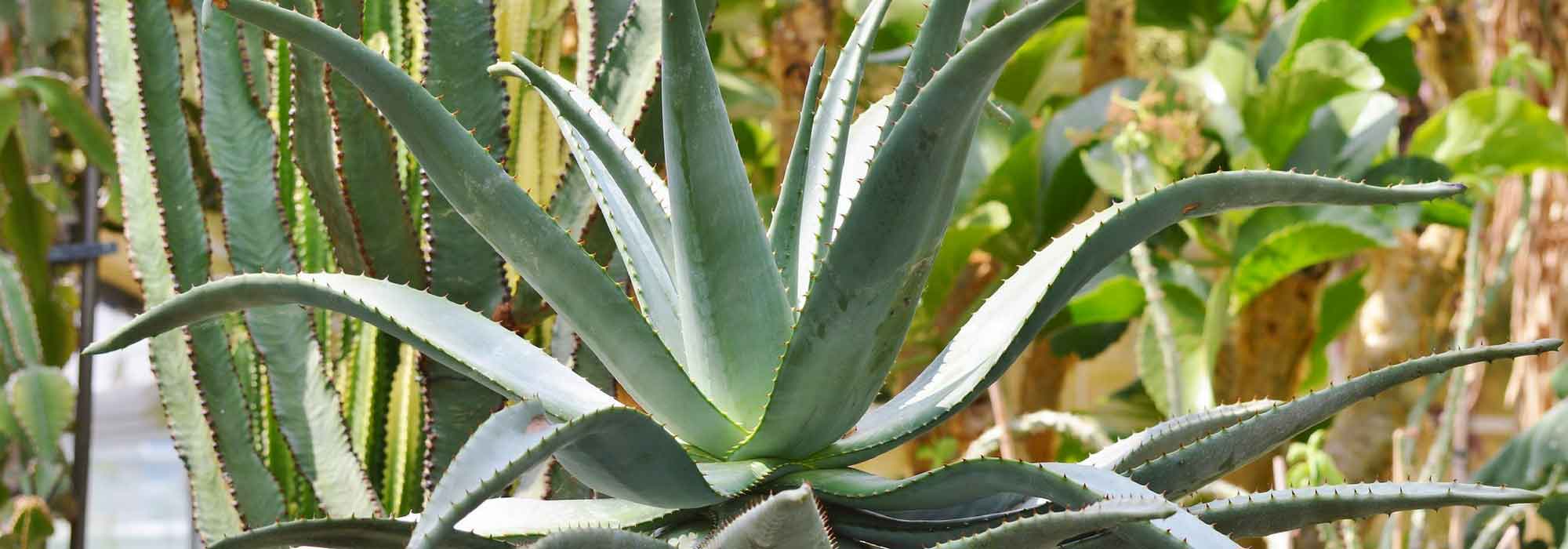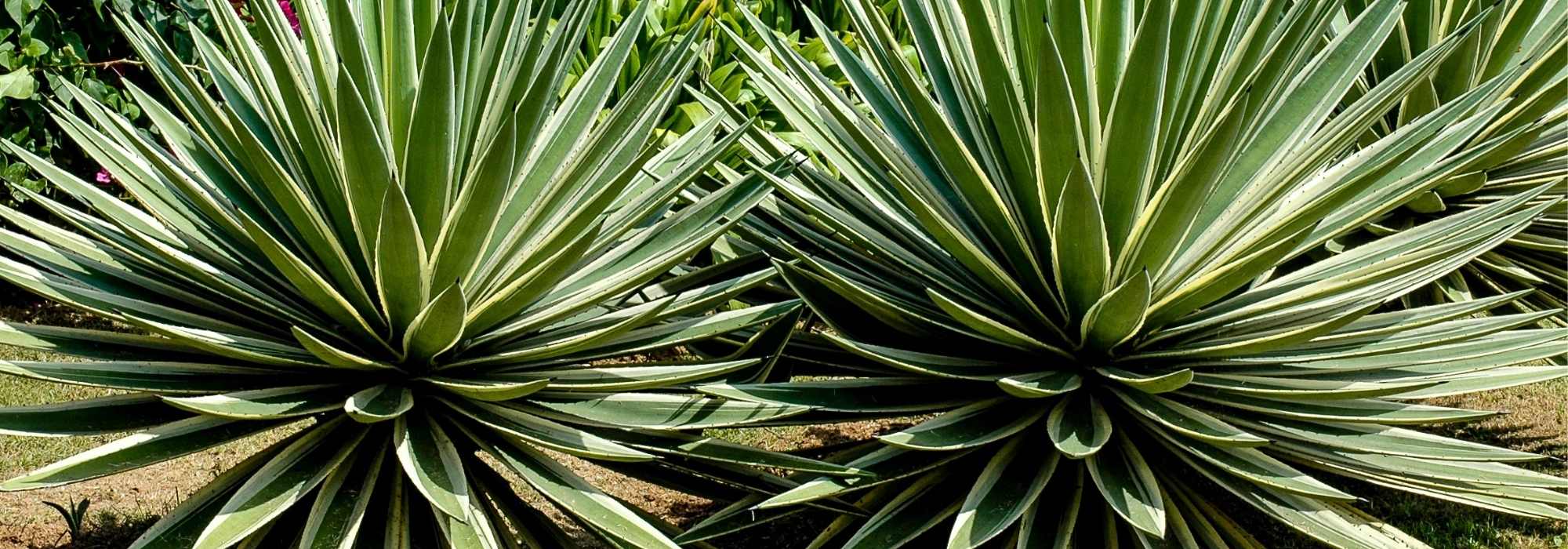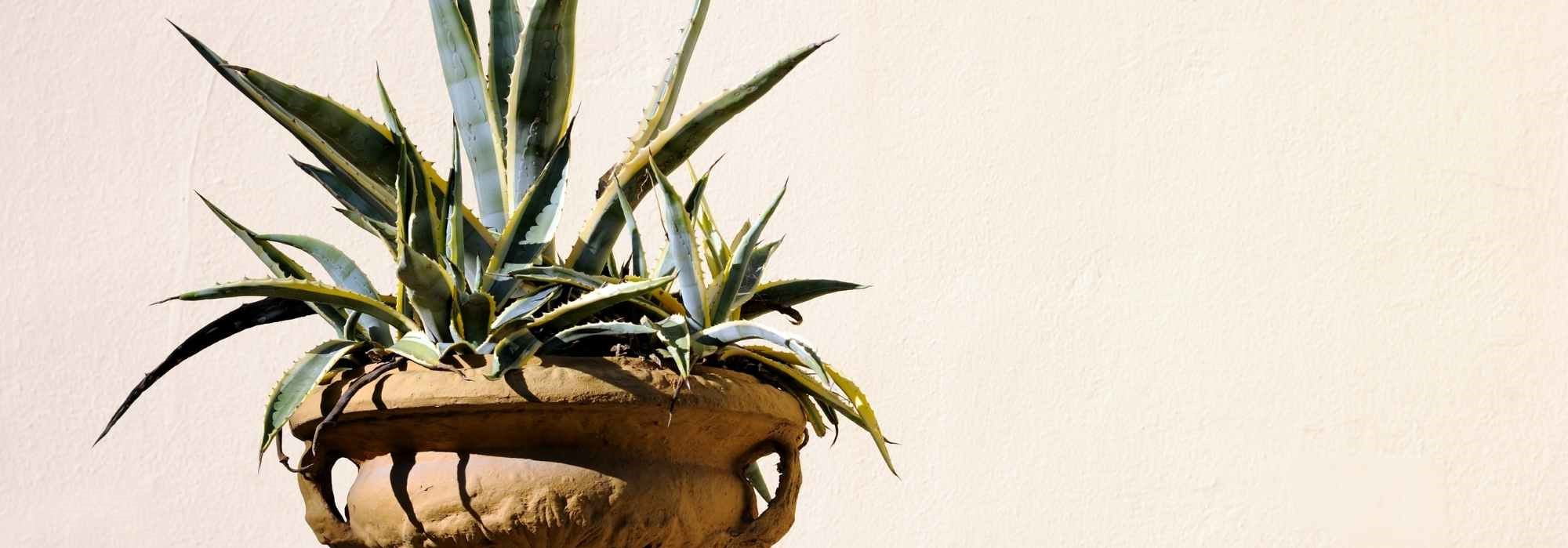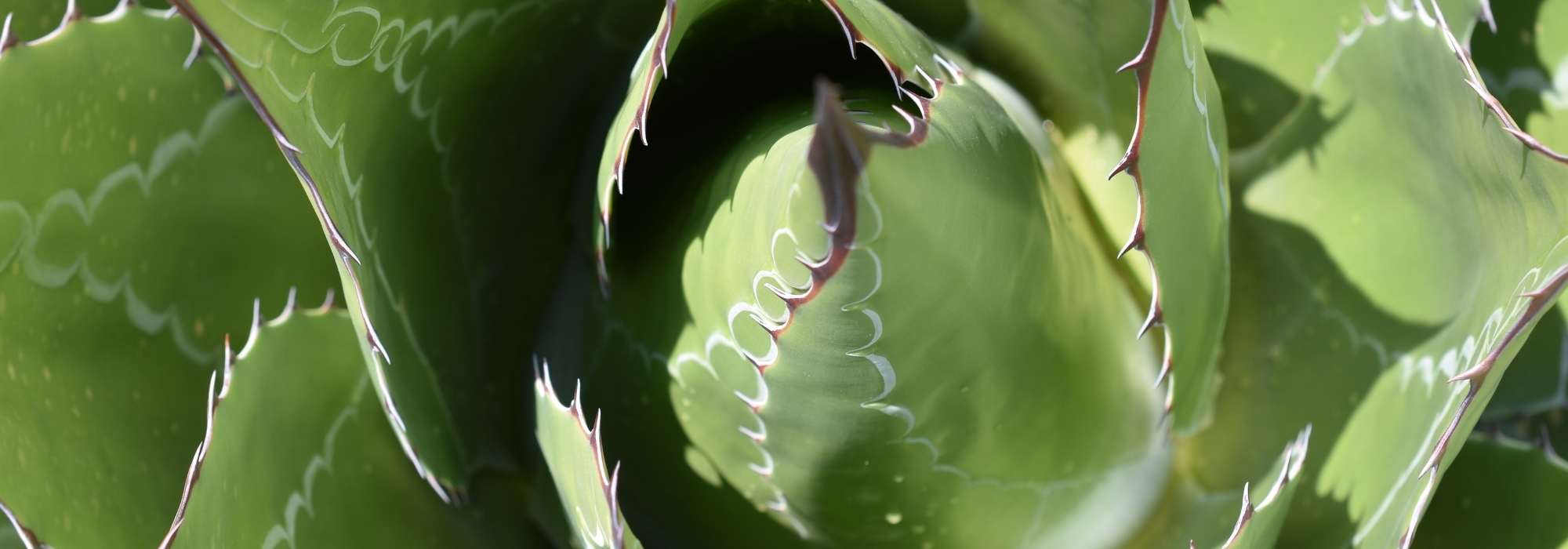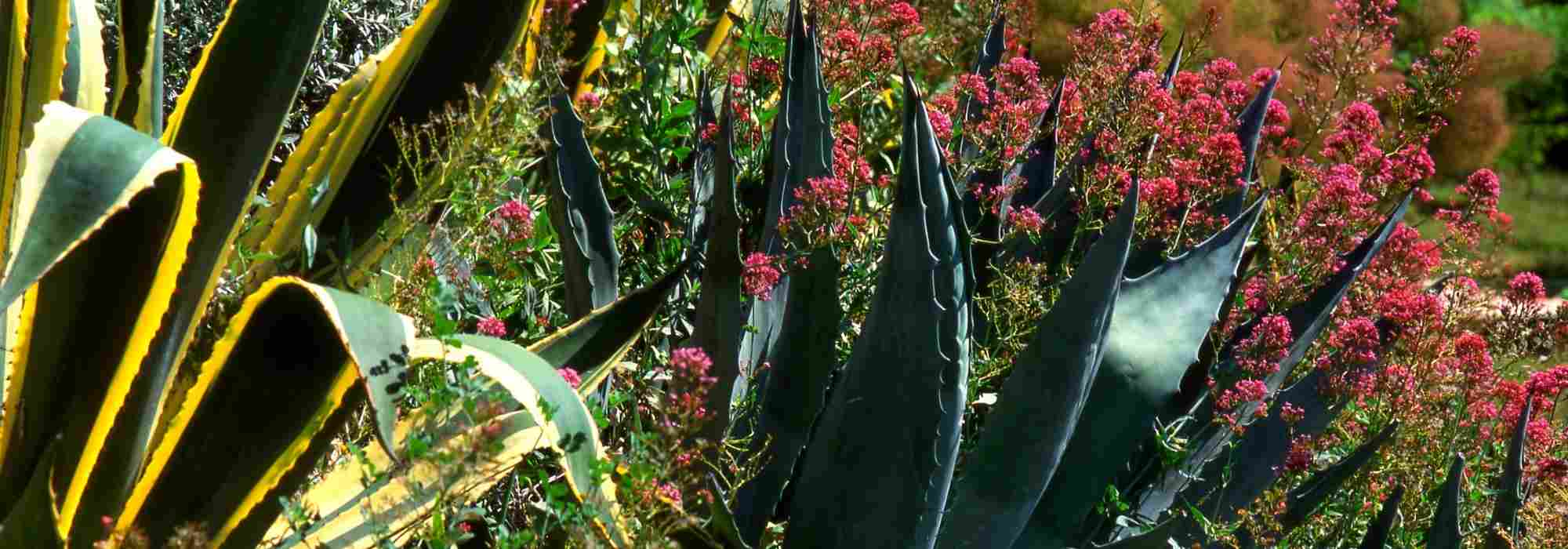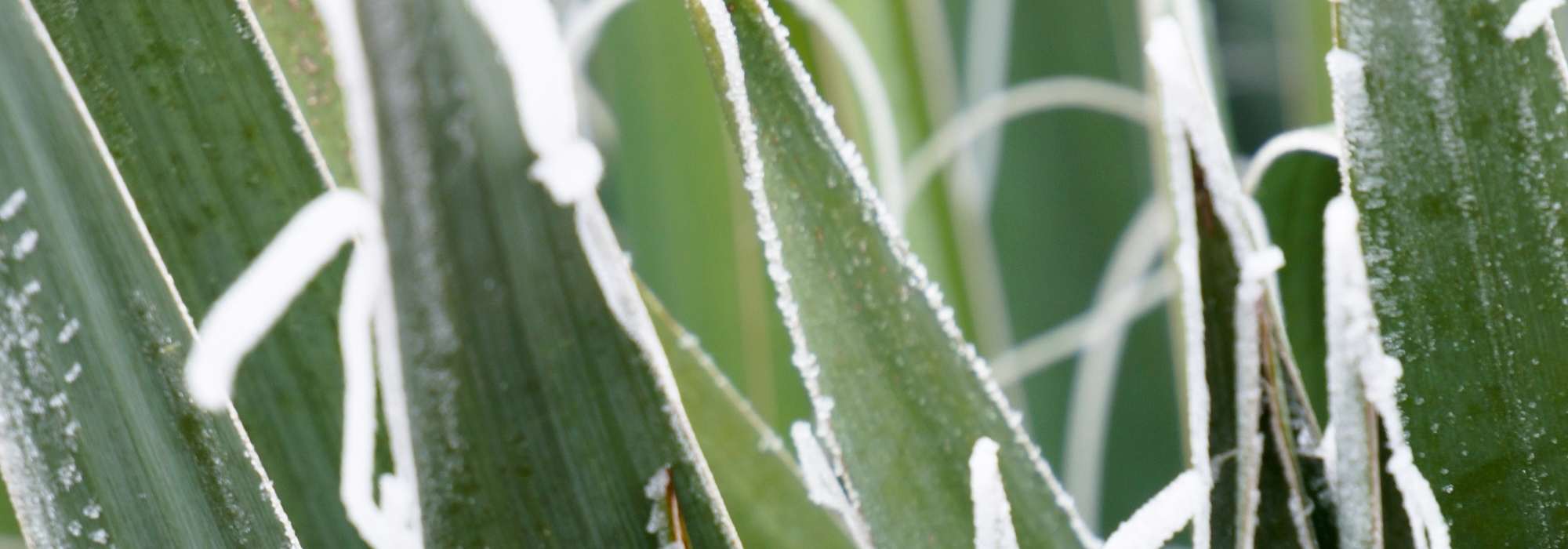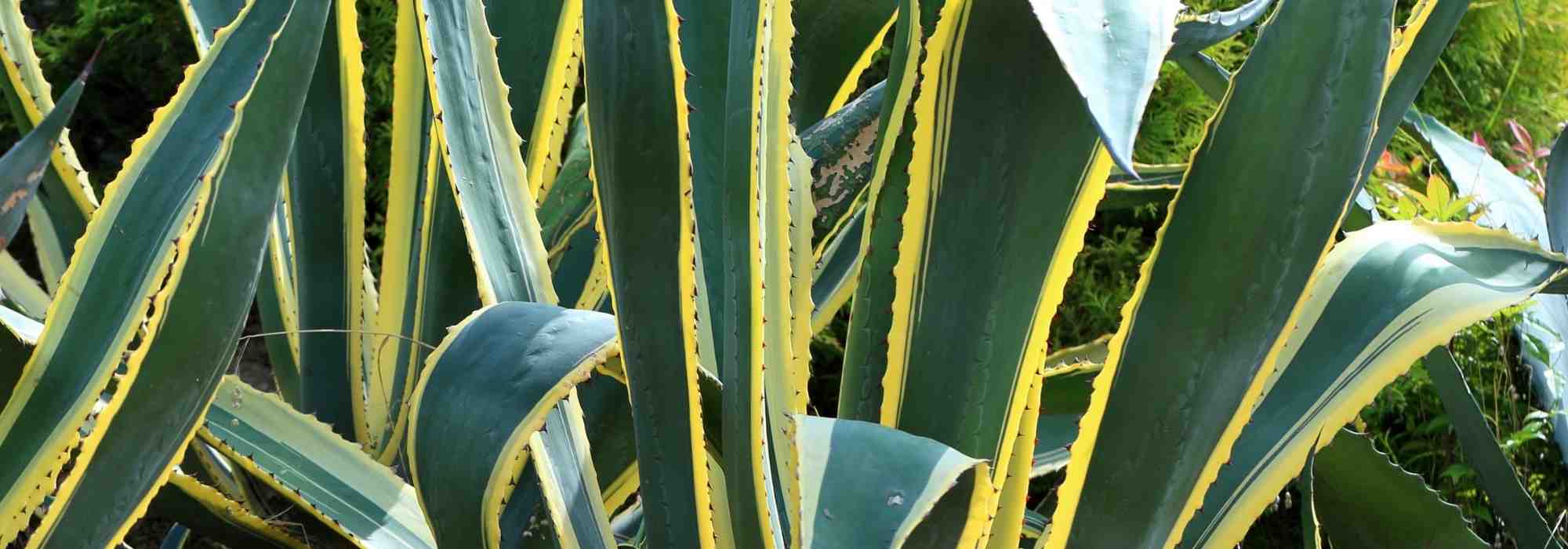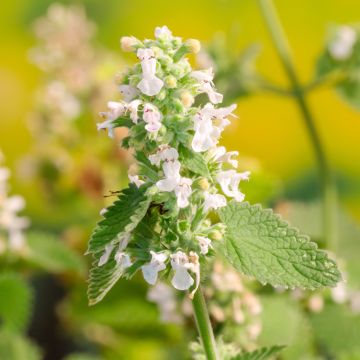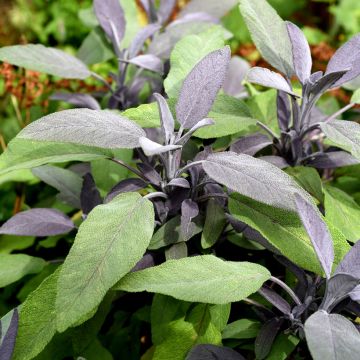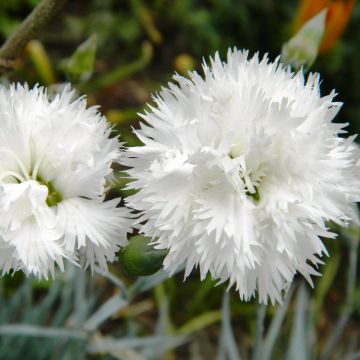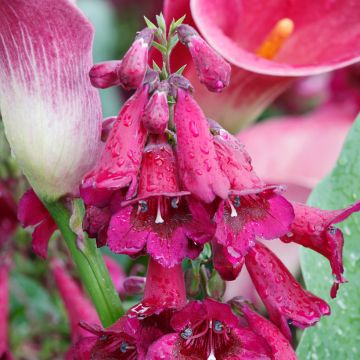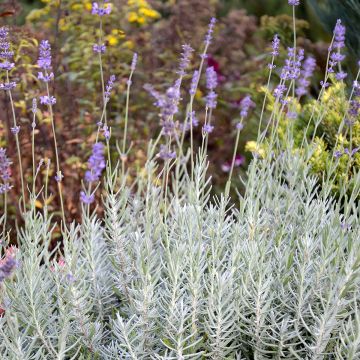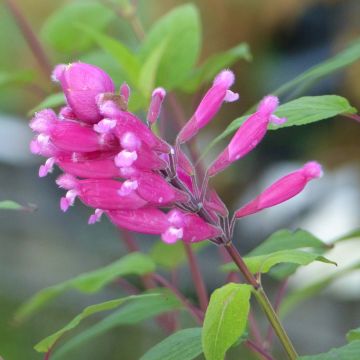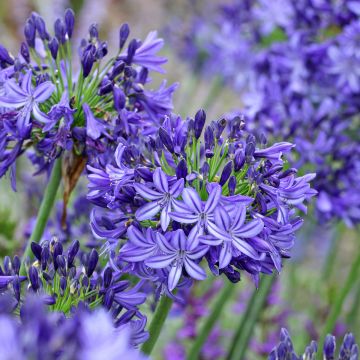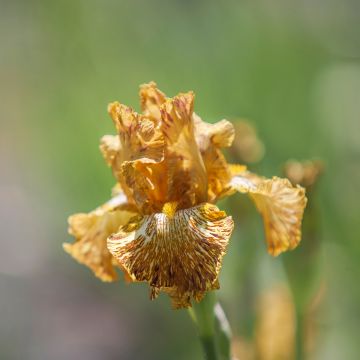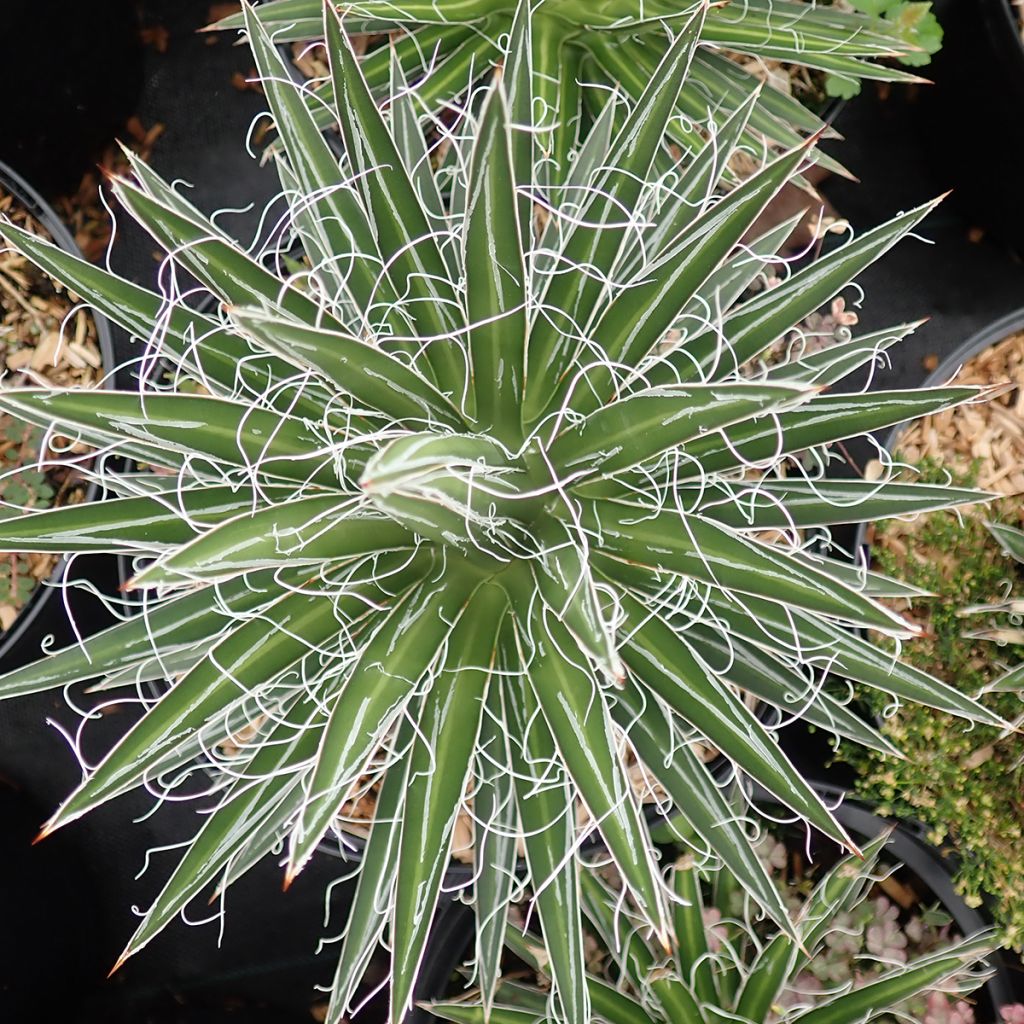

Agave multifilifera
Agave multifilifera
Agave multifilifera
Agave décoiffé, Agave des montagnes
Special offer!
Receive a €20 voucher for any order over €90 (excluding delivery costs, credit notes, and plastic-free options)!
1- Add your favorite plants to your cart.
2- Once you have reached €90, confirm your order (you can even choose the delivery date!).
3- As soon as your order is shipped, you will receive an email containing your voucher code, valid for 3 months (90 days).
Your voucher is unique and can only be used once, for any order with a minimum value of €20, excluding delivery costs.
Can be combined with other current offers, non-divisible and non-refundable.
Home or relay delivery (depending on size and destination)
Schedule delivery date,
and select date in basket
This plant carries a 12 months recovery warranty
More information
We guarantee the quality of our plants for a full growing cycle, and will replace at our expense any plant that fails to recover under normal climatic and planting conditions.
Does this plant fit my garden?
Set up your Plantfit profile →
Description
Agave multifilifera is a truly unique species with foliage that sets it apart. Its long and narrow stiff leaves are adorned with multiple curly white filaments along their edges. The numerous leaves spread out in all directions, forming a perfectly hemispherical rosette. The plant grows slowly to reach a diameter of 1m and develops a trunk up to 50cm high, resembling some Yuccas or even a Dasylirion. Its architectural silhouette and resistance to heat and drought make it highly sought after in dry gardens with a milder climate, as it is hardy only to around -10°C. In colder regions, this Agave should be planted in a large pot so it can be brought indoors for protection during winter.
Agaves, formerly classified in the Agavaceae family, are now part of the Asparagaceae family, which has absorbed several former botanical families and takes its name from asparagus (Asparagus in Latin). The Agave genus includes numerous species, ranging from 190 to several hundred depending on the authors, native to the southern United States, Mexico, Central America, and South America. Many species are used for ornamental purposes, and some have culinary value (agave syrup, tequila, mescal...).
Agave multifilifera, also known as the Disheveled Agave or Mountain Agave, is native to northern Mexico. It can be found in the states of Sonora, Chihuahua, Durango, and Sinaloa, growing between 1400 and 2100m on rocky slopes and cliffs, in pine or oak forests. The species is characterised by its very narrow and elongated, delicately streaked, flat and not very fleshy, medium green leaves, sometimes tinged with yellow-green. Measuring up to 80cm in length with a width of only 2 to 3cm at the base, these leaves are not toothed but have a green, then grey, terminal spine. They bear curly white filaments along their edges and form a perfectly shaped, hemispherical, very sculptural rosette. It is one of the Agave species with the most leaves, sometimes exceeding two hundred! The plant grows slowly to resemble a young Yucca filifera. Unlike many of its relatives, this species does not produce offsets and eventually forms a short trunk up to 50cm. A mature specimen can reach 1.50m high with a rosette diameter of 1m. After 20 or 25 years, it will possibly produce a spectacular flowering stalk, reaching a height of 4 or 5m. The flowering period extends from June to August and marks the death of the main rosette, which is replaced by a few axillary shoots.
This Agave is perfectly adapted to Mediterranean climatic conditions, especially long, hot, and dry summers, and with its architectural silhouette, it will be perfect in a rock garden or a bed in a contemporary garden. It will happily coexist with Opuntia plants, those prickly pear cacti with shapes that evoke desert landscapes. A specimen of Cylindropuntia tunicata with elongated stems that have not transformed into pads will add variety to your bed. This compact and spreading cactus is highly ornamental with its countless white spines, and like Opuntias, it will also reward you with a short-lived but stunning flowering. To add a touch of blue, plant a specimen of Yucca rostrata 'Sapphire Skies', which will form a perfectly round ball of irresistible steel blue. Hesperaloe parvifolia, also known as Red Yucca (although it is not a Yucca), will produce a lovely clump of slender leaves bordered by twisted filaments, similar to the Agave multifilifera, and particularly stunning coral-red flower spikes throughout the summer.
Agave multifilifera in pictures
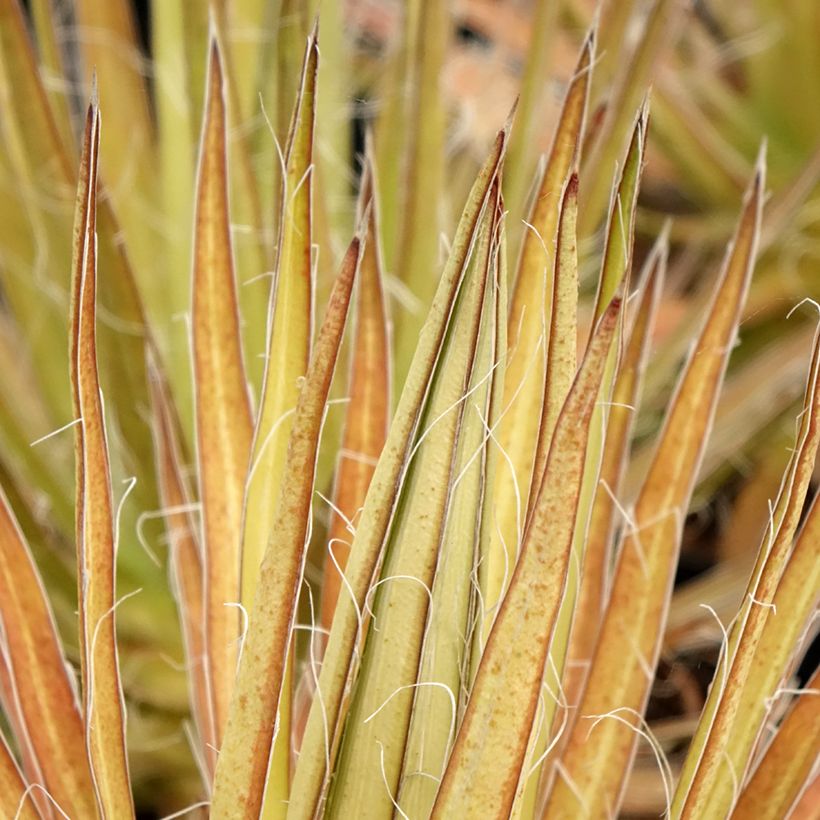

Flowering
Foliage
Plant habit
Botanical data
Agave
multifilifera
Agavaceae (Asparagaceae)
Agave décoiffé, Agave des montagnes
Central America
Planting and care
Plant Agave multifilifera in full sun, in poor, even rocky, limestone or sandy soil, but well-drained. It dislikes winter humidity combined with severe cold and tolerates arid situations and dry soils in summer. It will withstand frosts down to about -10°C in well-draining soil. To help water drainage in winter, you can plant it on a slope, or create a slight mound during planting. You can also mix draining materials with the existing soil (coarse sand, gravel).
In regions with excessively cold winters, it can be grown in a large, wide pot, preferably terracotta or wooden to be stored indoors or in a cold greenhouse during winter, protected from heavy frosts.
Planting period
Intended location
Care
Planting & care advice
This item has not been reviewed yet - be the first to leave a review about it.
Similar products
Haven't found what you were looking for?
Hardiness is the lowest winter temperature a plant can endure without suffering serious damage or even dying. However, hardiness is affected by location (a sheltered area, such as a patio), protection (winter cover) and soil type (hardiness is improved by well-drained soil).

Photo Sharing Terms & Conditions
In order to encourage gardeners to interact and share their experiences, Promesse de fleurs offers various media enabling content to be uploaded onto its Site - in particular via the ‘Photo sharing’ module.
The User agrees to refrain from:
- Posting any content that is illegal, prejudicial, insulting, racist, inciteful to hatred, revisionist, contrary to public decency, that infringes on privacy or on the privacy rights of third parties, in particular the publicity rights of persons and goods, intellectual property rights, or the right to privacy.
- Submitting content on behalf of a third party;
- Impersonate the identity of a third party and/or publish any personal information about a third party;
In general, the User undertakes to refrain from any unethical behaviour.
All Content (in particular text, comments, files, images, photos, videos, creative works, etc.), which may be subject to property or intellectual property rights, image or other private rights, shall remain the property of the User, subject to the limited rights granted by the terms of the licence granted by Promesse de fleurs as stated below. Users are at liberty to publish or not to publish such Content on the Site, notably via the ‘Photo Sharing’ facility, and accept that this Content shall be made public and freely accessible, notably on the Internet.
Users further acknowledge, undertake to have ,and guarantee that they hold all necessary rights and permissions to publish such material on the Site, in particular with regard to the legislation in force pertaining to any privacy, property, intellectual property, image, or contractual rights, or rights of any other nature. By publishing such Content on the Site, Users acknowledge accepting full liability as publishers of the Content within the meaning of the law, and grant Promesse de fleurs, free of charge, an inclusive, worldwide licence for the said Content for the entire duration of its publication, including all reproduction, representation, up/downloading, displaying, performing, transmission, and storage rights.
Users also grant permission for their name to be linked to the Content and accept that this link may not always be made available.
By engaging in posting material, Users consent to their Content becoming automatically accessible on the Internet, in particular on other sites and/or blogs and/or web pages of the Promesse de fleurs site, including in particular social pages and the Promesse de fleurs catalogue.
Users may secure the removal of entrusted content free of charge by issuing a simple request via our contact form.
The flowering period indicated on our website applies to countries and regions located in USDA zone 8 (France, the United Kingdom, Ireland, the Netherlands, etc.)
It will vary according to where you live:
- In zones 9 to 10 (Italy, Spain, Greece, etc.), flowering will occur about 2 to 4 weeks earlier.
- In zones 6 to 7 (Germany, Poland, Slovenia, and lower mountainous regions), flowering will be delayed by 2 to 3 weeks.
- In zone 5 (Central Europe, Scandinavia), blooming will be delayed by 3 to 5 weeks.
In temperate climates, pruning of spring-flowering shrubs (forsythia, spireas, etc.) should be done just after flowering.
Pruning of summer-flowering shrubs (Indian Lilac, Perovskia, etc.) can be done in winter or spring.
In cold regions as well as with frost-sensitive plants, avoid pruning too early when severe frosts may still occur.
The planting period indicated on our website applies to countries and regions located in USDA zone 8 (France, United Kingdom, Ireland, Netherlands).
It will vary according to where you live:
- In Mediterranean zones (Marseille, Madrid, Milan, etc.), autumn and winter are the best planting periods.
- In continental zones (Strasbourg, Munich, Vienna, etc.), delay planting by 2 to 3 weeks in spring and bring it forward by 2 to 4 weeks in autumn.
- In mountainous regions (the Alps, Pyrenees, Carpathians, etc.), it is best to plant in late spring (May-June) or late summer (August-September).
The harvesting period indicated on our website applies to countries and regions in USDA zone 8 (France, England, Ireland, the Netherlands).
In colder areas (Scandinavia, Poland, Austria...) fruit and vegetable harvests are likely to be delayed by 3-4 weeks.
In warmer areas (Italy, Spain, Greece, etc.), harvesting will probably take place earlier, depending on weather conditions.
The sowing periods indicated on our website apply to countries and regions within USDA Zone 8 (France, UK, Ireland, Netherlands).
In colder areas (Scandinavia, Poland, Austria...), delay any outdoor sowing by 3-4 weeks, or sow under glass.
In warmer climes (Italy, Spain, Greece, etc.), bring outdoor sowing forward by a few weeks.






























